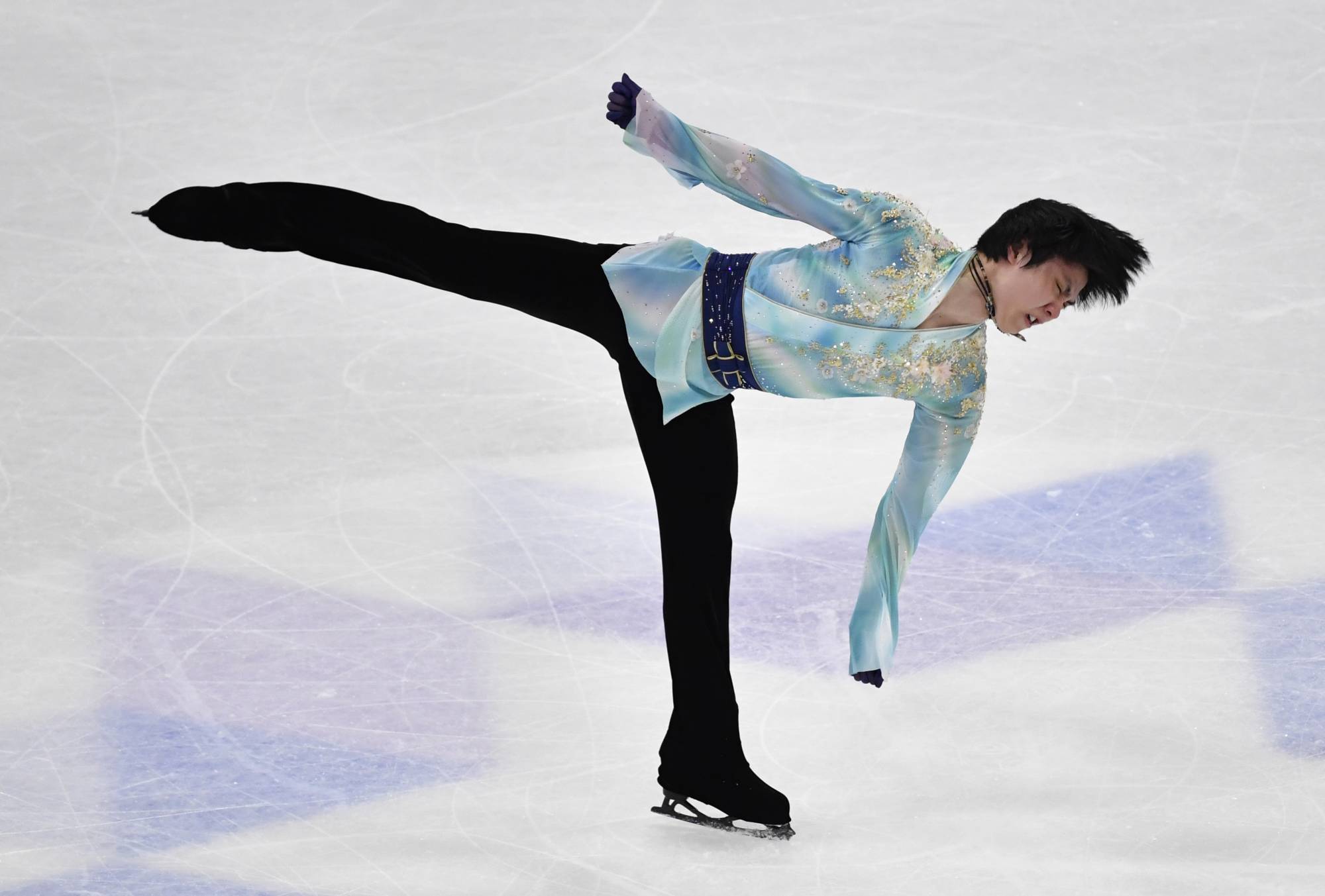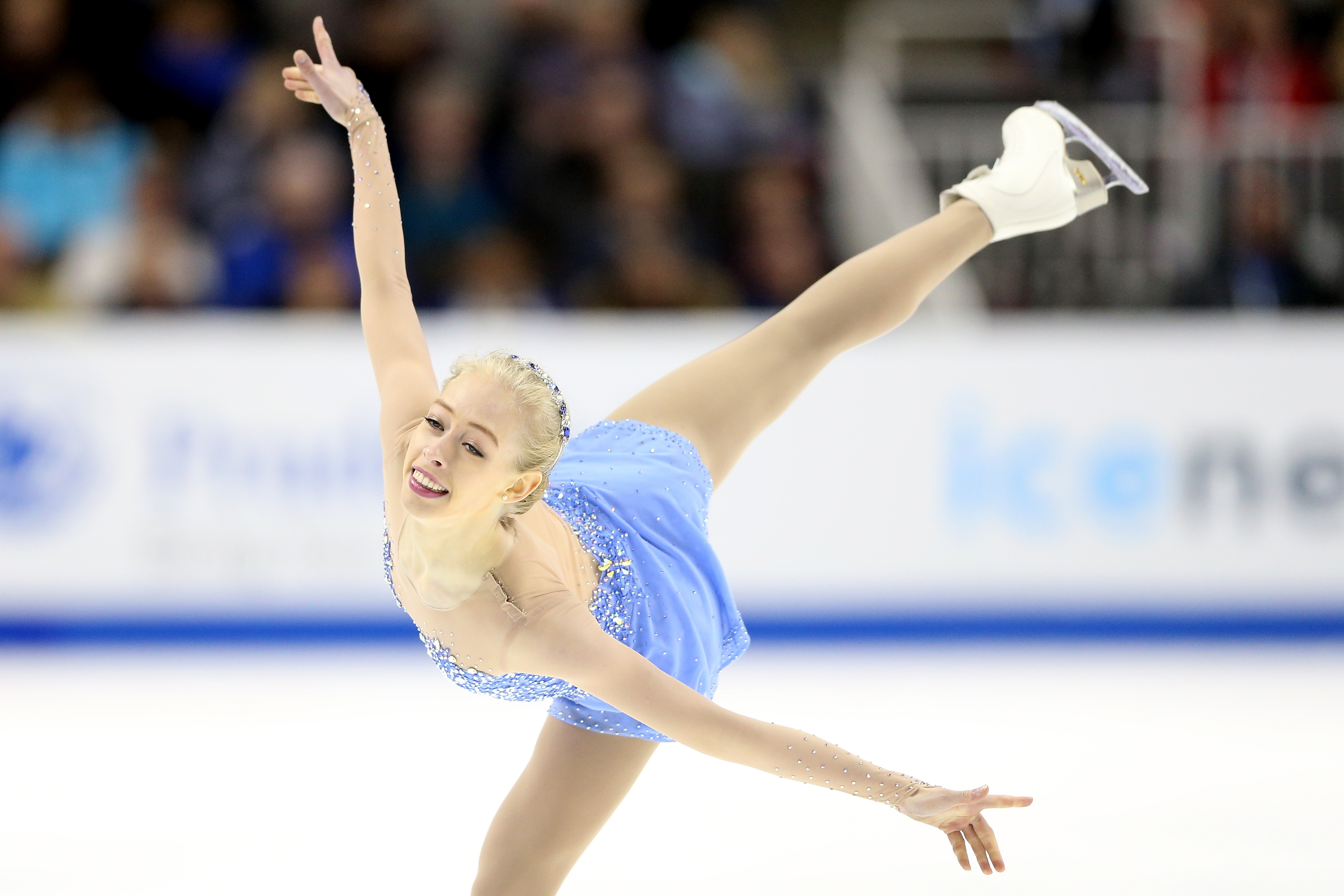The Art of Dressing Like an Olympic Figure Skater
Elegance and athleticism converge in the world of figure skating, where the attire of an Olympic figure skater is as much a part of the performance as the movements on ice. From the intricate details of the costumes to the choice of materials, every aspect is carefully considered to enhance the skater’s artistry and agility.

Understanding the Role of Costumes
Costumes for Olympic figure skaters are designed to be both visually stunning and functional. They must allow for a full range of motion while also adhering to strict competition guidelines. The choice of fabric, such as Lycra or Spandex, ensures that the skater can move freely without restriction. Moreover, the costumes are often adorned with crystals or sequins to catch the light and draw the audience’s eye to the skater’s graceful movements.

Historical Influences on Skating Attire
Over the years, the style of figure skating costumes has evolved from the long, flowing dresses of the early 20th century to the more modern, form-fitting designs we see today. This evolution reflects not only changes in fashion but also the increasing athleticism of the sport. The shift to shorter skirts and more streamlined silhouettes is a direct response to the need for greater freedom of movement and speed on the ice.

The Science Behind Skating Costumes
Olympic figure skaters and their designers must consider the physics of motion when creating costumes. The weight and distribution of embellishments can affect the skater’s balance and performance. For instance, a costume with too much weight in the skirt could pull the skater off-balance, impacting their jumps and spins.

Customization and Personal Expression
Each skater’s costume is a reflection of their personality and the story they wish to tell through their performance. Designers work closely with skaters to incorporate elements that represent their character, such as specific colors, patterns, or motifs. This customization not only helps to create a unique identity for the skater but also adds a layer of depth to their performance.
Safety and Regulation Compliance
While beauty and expression are paramount, safety is never compromised in the design of figure skating costumes. Skaters must adhere to strict regulations set by organizations like the International Skating Union (ISU), which dictate the length of skirts, the coverage of the torso, and the use of accessories. These rules ensure that the skater’s attire does not pose a risk during their performance.
Olympic figure skaters embody a harmonious blend of strength, agility, and artistry. Their costumes are an extension of this balance, serving as both a canvas for visual storytelling and a tool for athletic prowess. By understanding the intricacies of design, function, and regulation, we can appreciate the art of dressing like an Olympic figure skater as a testament to the sport’s rich history and ongoing evolution.
